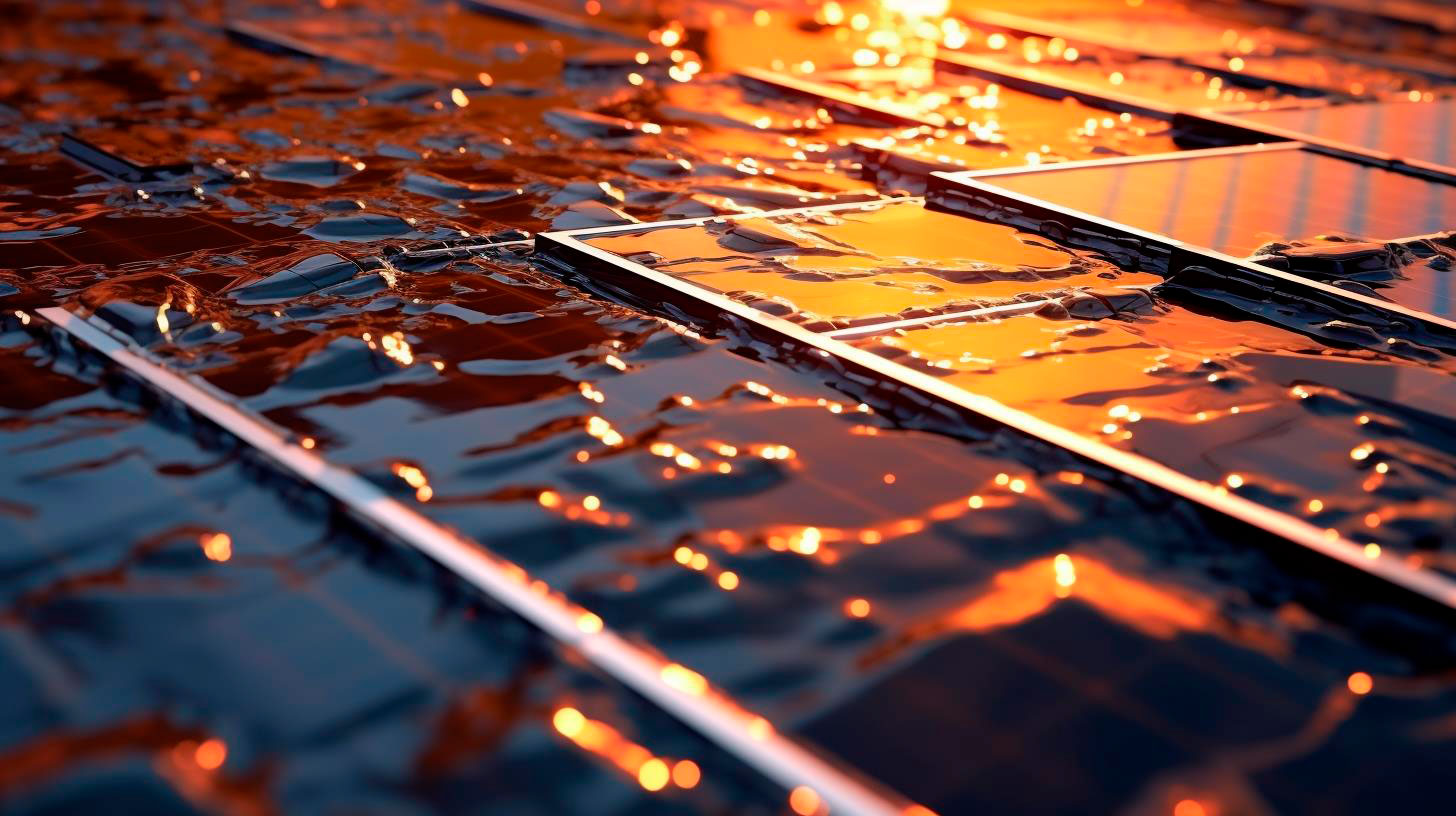Harnessing the Power of the Sea: The Rise of Floating Wind Farms
While land-based wind farms have been successful in transforming wind into electricity, the emergence of floating wind farms is taking us a step further in revolutionizing the renewable energy sector.
What are Floating Wind Farms?
Floating wind farms harness the power of offshore winds by deploying wind turbines on floating platforms or structures that are anchored to the seabed. Unlike conventional wind turbines, which are mounted on fixed foundations on land or in shallow waters, floating wind farms are designed to operate in deeper waters where traditional installations are not feasible.
These innovative structures are typically constructed using advanced engineering techniques to ensure stability and resilience against the harsh marine environment, including stormy weather conditions and strong ocean currents. By taking advantage of deep-sea winds, floating wind farms unlock vast areas for renewable energy production, making them a game-changer in the quest for sustainable power generation.
Advantages of Floating Wind Farms
Floating wind farms offer several key advantages over their land-based counterparts, making them an attractive choice for offshore wind power generation:
- Access to abundant wind resources: Offshore winds are generally stronger and more consistent than onshore winds, providing a higher and more reliable energy yield.
- Overcoming geographical limitations: Floating wind farms enable harnessing wind energy in deep waters and far from the coastlines, tapping into previously inaccessible resources.
- Reduced visual impact: Placing wind turbines offshore mitigates the aesthetic concerns associated with onshore wind farms, as they are less visible from the shore.
- Less noise pollution: The offshore location of floating wind farms helps minimize noise disturbances that can arise from land-based operations, making them more environmentally friendly.
- Potential for larger capacity: Floating wind farms can accommodate larger and more powerful turbines due to the absence of size limitations posed by fixed foundations.
The Global Impact of Floating Wind Farms
As the development of floating wind farms gains momentum, impressive statistics highlight the significant impact they are poised to make in revolutionizing the renewable energy sector:
- The global floating wind power capacity is expected to reach over 15 gigawatts (GW) by 2030, according to a report by the World Bank.
- With the right infrastructure, floating wind farms could potentially cover an astonishing 40% of the world’s electricity demand, as estimated by MHI Vestas Offshore Wind.
- By 2050, International Renewable Energy Agency (IRENA) predicts that floating offshore wind farms could generate over 2,000 GW of clean energy, reducing carbon dioxide emissions by more than 3 billion tons.
Key Takeaways
Floating wind farms represent a significant advancement in renewable energy technology, unlocking the potential of deep-sea wind resources. As we look to transition towards a more sustainable future, here are key takeaways on the rise of floating wind farms:
- Increased access to abundant offshore wind resources helps drive greater energy production and reduce reliance on fossil fuels.
- Floating wind farms overcome geographical limitations, reaching deeper waters where land-based wind farms are not feasible.
- With reduced visual impact and noise pollution, these offshore installations offer a more environmentally friendly solution.
- Global floating wind power capacity is projected to grow significantly, making a substantial contribution to renewable energy generation.
Floating wind farms are a testament to the limitless potential of human innovation in addressing the challenges of sustainable energy production. By harnessing the power of the sea, we are not only diversifying our energy sources but also taking strides towards a cleaner and greener future.
Sources:
